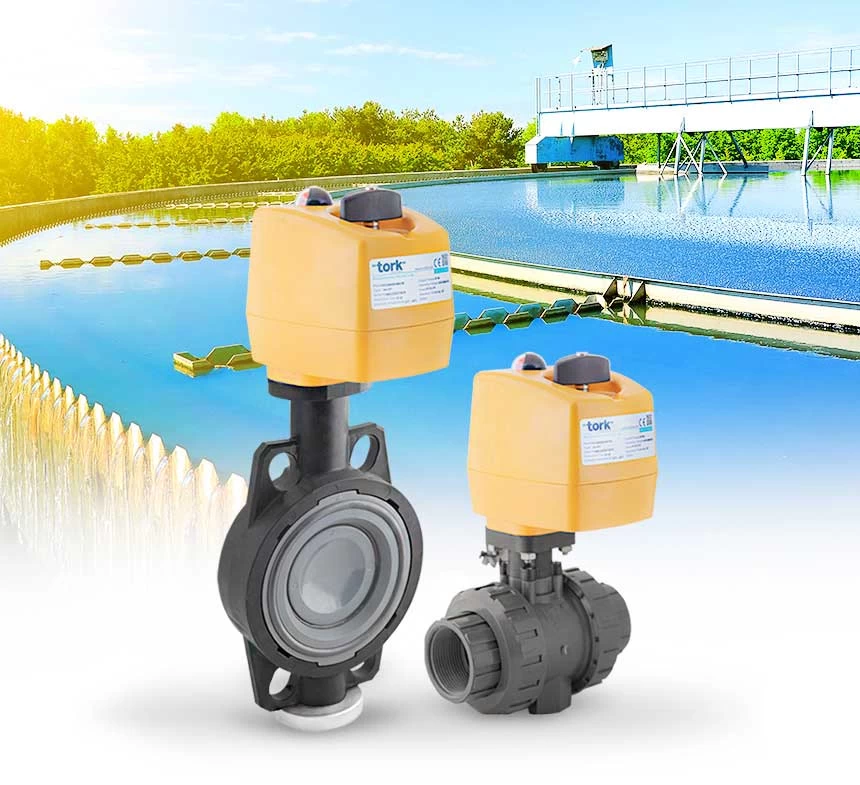This; It is an indispensable natural resource as it is directly related to the protection of life, energy production and economic development. With the increase in the world population and the increase of droughts and floods in certain regions, the need for clean water continues to increase. This process not only affects the water production industry but also has a significant impact on wastewater treatment infrastructure.
Water purification is about to be one of the issues at the forefront of global challenges in the years to come. Since water is a limited natural resource, discussions; The challenges in the reduction of water resources revolve around the pollution of water resources, the reuse and protection of water, new regulations and standards implemented by governments, and investment in financing and infrastructure projects. This macro scenario is starting to have a direct impact on existing water treatment methods and associated valves and equipment.
Increase in demand
Population growth and urbanization are a major concern for the water industry. Due to increasing population growth, the United Nations projects a 40% increase in global water demand by 2030. By 2050, approximately 70% of the world's population is expected to live in urban areas, which will lead to an increase in global water demand. In the next decade, countries like China and India will face greater water management challenges than others due to limited water resources, strong population growth and rapid industrial development. Since water is a limited natural resource, treatment and recycling of wastewater becomes imperative. It is inevitable that this situation will make the purification sector one of the fastest growing sectors in the coming years.
Modernization of infrastructure
This global increase in water demand and treatment will encourage the modernization and expansion of existing infrastructure and technologies to keep up with demand. Desalination, ultrafiltration, microfiltration and sub-equipment technologies such as valves, pumps and tubing will go through a major product category expansion and develop new solutions to serve the market.
As the industry grows, the demand for greater water carrying capacity; This leads to an increase in the pumping capacities of the plants and the valve-pipeline dimensions. Larger plant capacities require the use of larger valves. Gate valves (usually only up to 64 inches) are now available on the market in sizes up to 108 inches for special applications.
It's not a simple process
Water purification is not a simple process. The process of converting sewage and industrial wastewater into clean drinking water requires the dirty water to go through a series of sensitive control processes. Different types of valves are used in different parts of the process to directly control and direct the flow. Gate valves are commonly used to handle large volumes of water. Bar screens, sand hoppers, classifiers, disinfection treatment stations, etc. In other parts of the process, such as gate valves, blade gate valves, plug valves, butterfly valves, ball valves, check valves and control valves (globe and butterfly), etc. Various valves are used.
Reliable solution
You can safely use TORK double-acting pneumatic actuators with torque values between 9Nm and 5162Nm and TORK single-acting pneumatic actuators between 10Nm and 3121Nm in your treatment process. In addition, our 100% domestic production TORK electric actuators, which are also developed by our R&D unit, are between 40Nm and 3000Nm, and we also have 24VDC and 220VAC varieties.
It is also possible to control our butterfly valves proportionally with a 4-20mA input signal. We can control the pneumatic ones with TORK-EPR Electro-Pneumatic Positioner and the electric ones with the PCU Proportional Control Unit.
Conclusion
It is clear in the water industry that there is an increasing demand for larger valves for larger volumes of water treatment. To meet the demands of this ever-changing market, the valve industry must respond by expanding its demands to include large-scale products and introducing design features that eliminate or minimize water waste through leakage or contamination.


